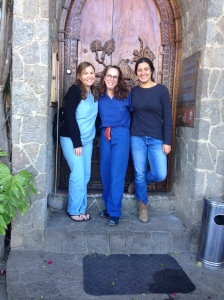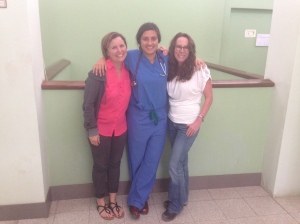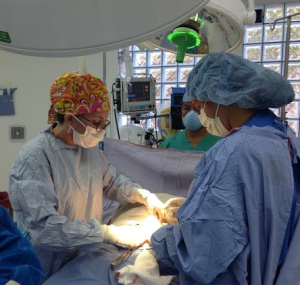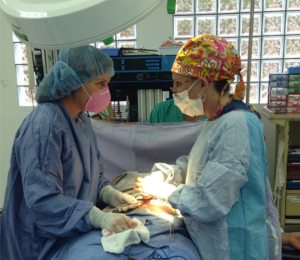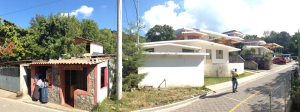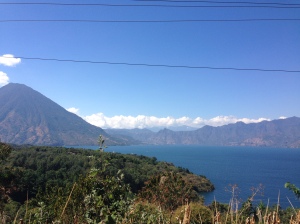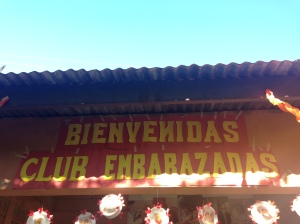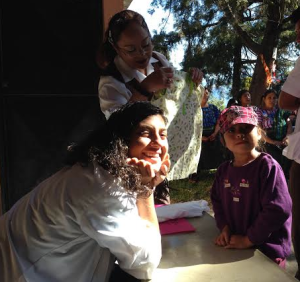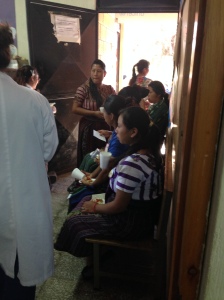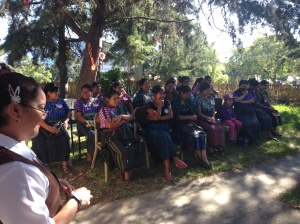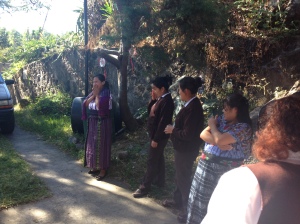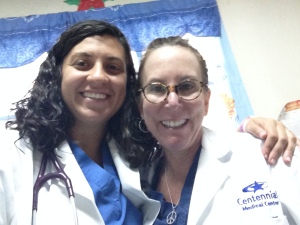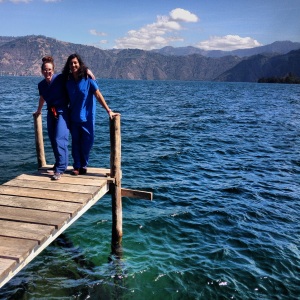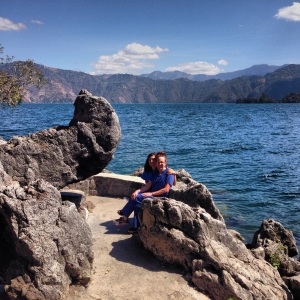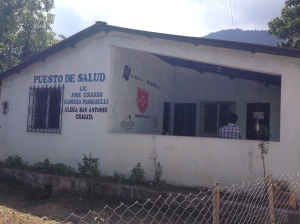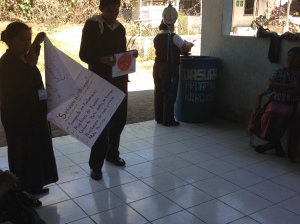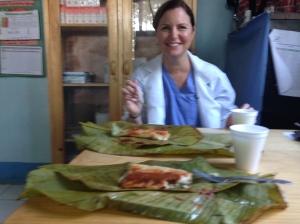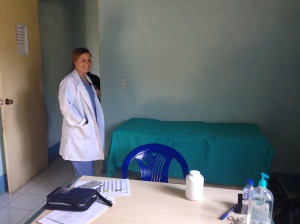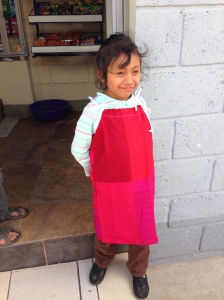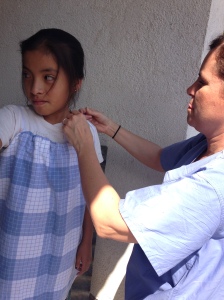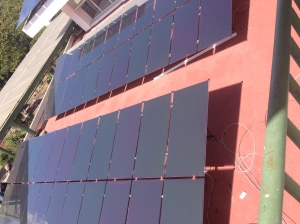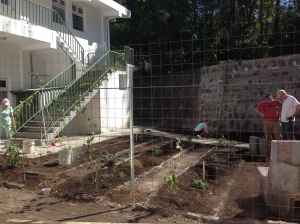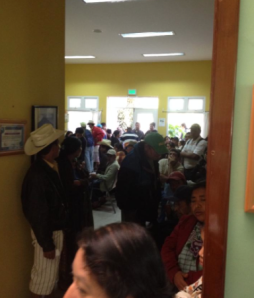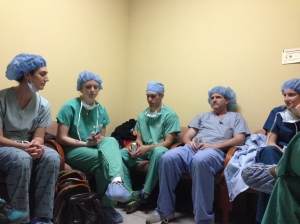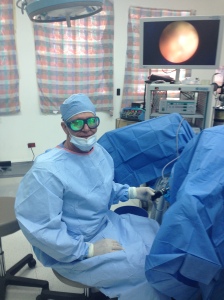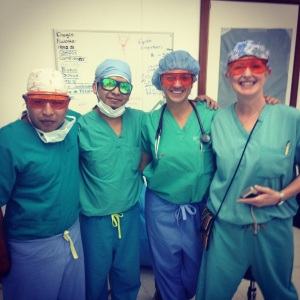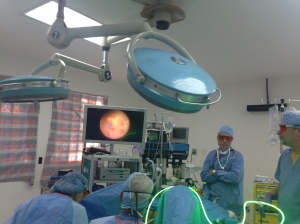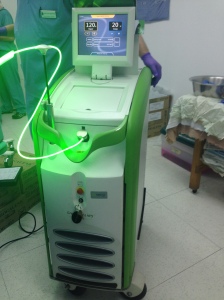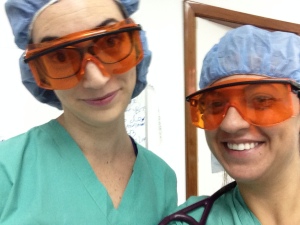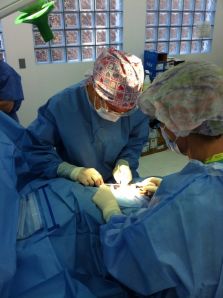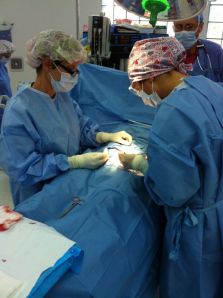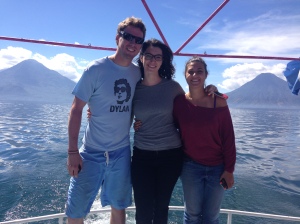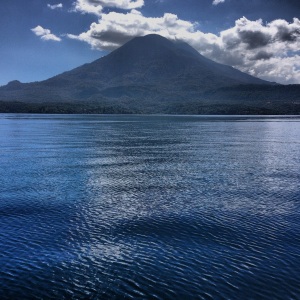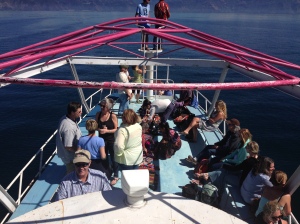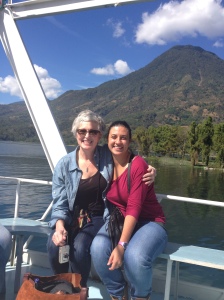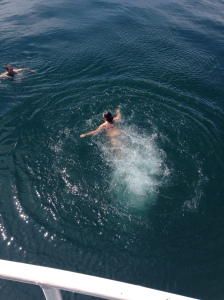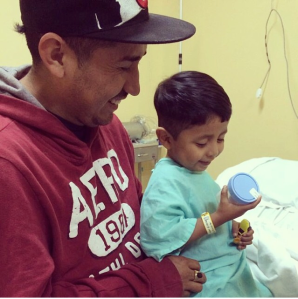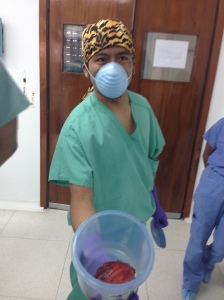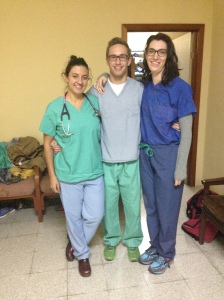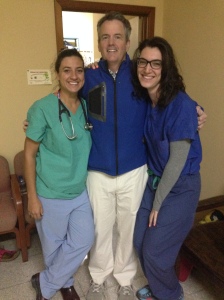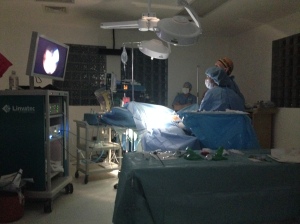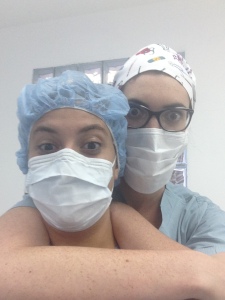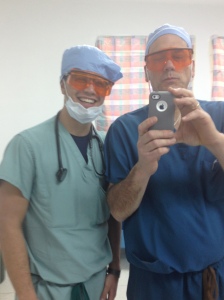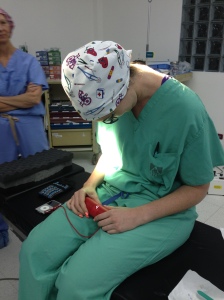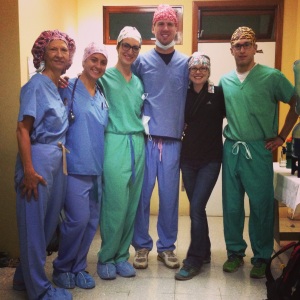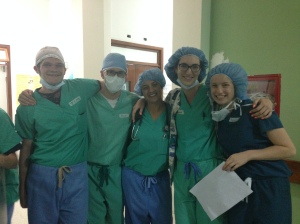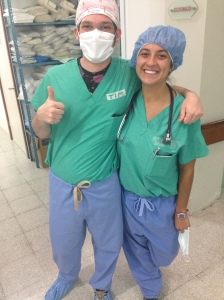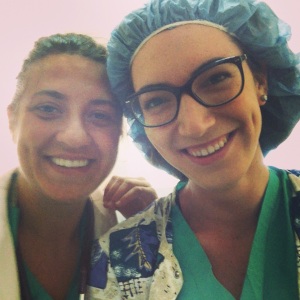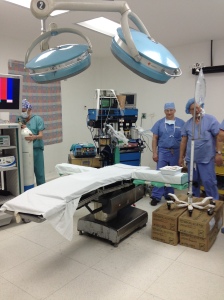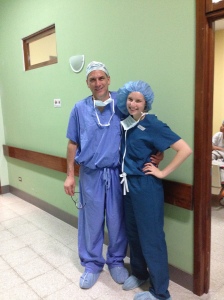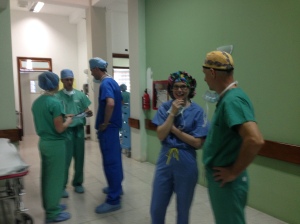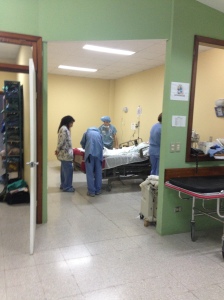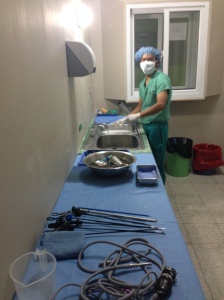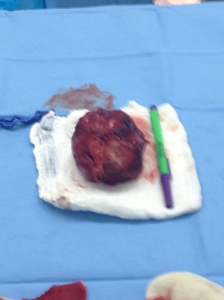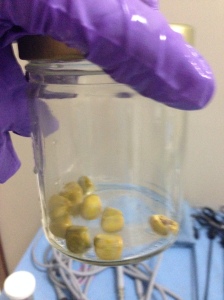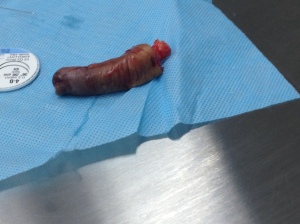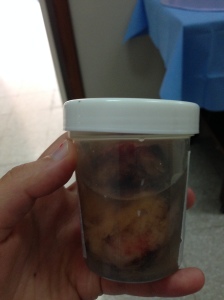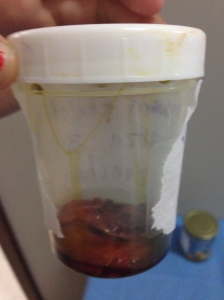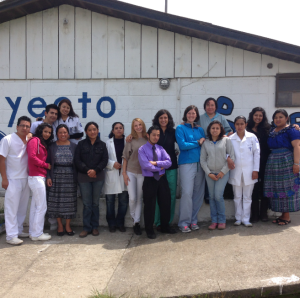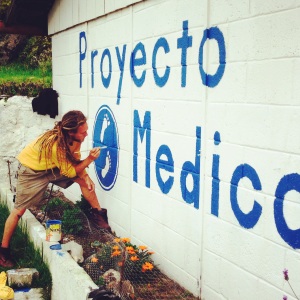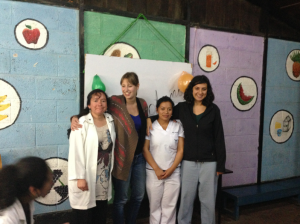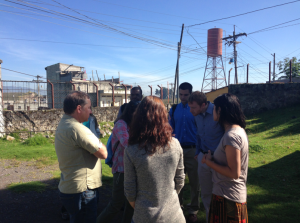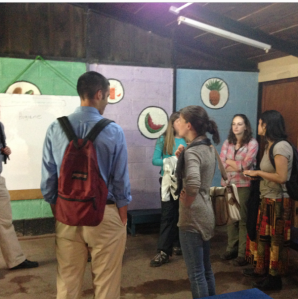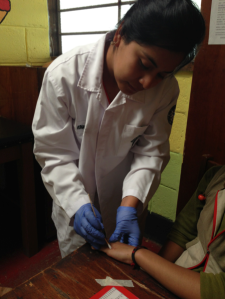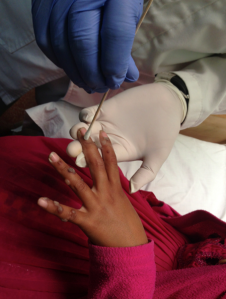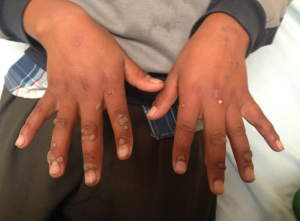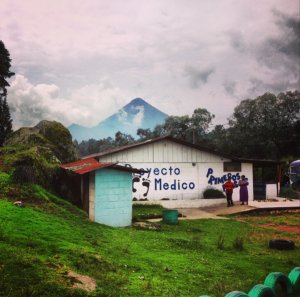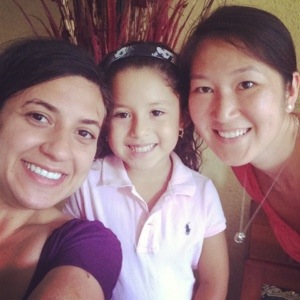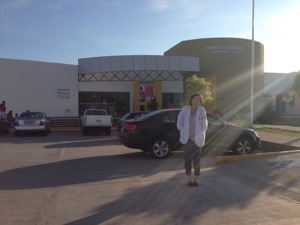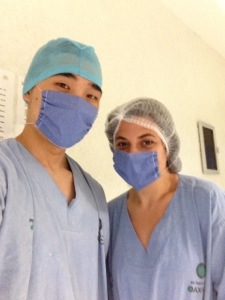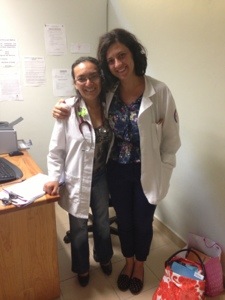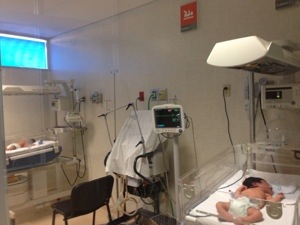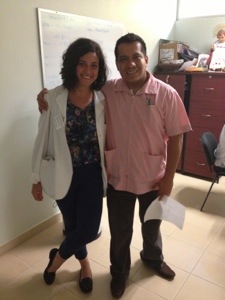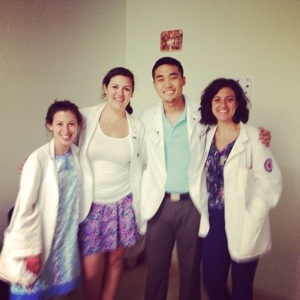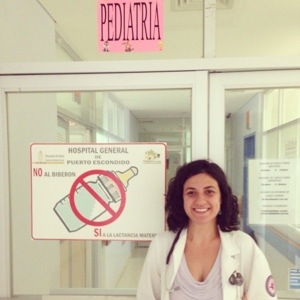Hey everyone! I really wanted to use this post to focus on a time that I spent with two wonderful Ob/Gyns from the US. Hospitalito Atitlan works with many volunteer physicians and residents from the US and other countries and a couple weeks ago, Dr. Michelson from Texas and Dr. Lebo from California dedicated a week of their time to working at the hospital. In general, Hospitalito Atitlan asks for volunteer physicians to devote at least two weeks, but because the need for obstetrical care is so high in the region, they make an exception for gynecologists. During their time here, the gynecologists were on call 24/7 in case of emergency c-sections or other gynecologic emergencies and then also see patients for consults during the day.
It was very interesting to see them work in a low resource setting. After the first couple days, they quickly adjusted the way they handled visits to accomodate needs. For example, when ordering labs, they tried to order ones that were only absolutely necessary and that would help make a diagnosis and less labs to rule out diagnosis. They tried to clump laboratories together where they could to save costs on patients having to return multiple times for different laboratories. Also, while in the US you would have seperate technicians for ultrasounds, the gynecologists became the ultrasound experts of the hospital and performed many during their week there, and were called on for ultrasound questions by the other physicians as well.
It was also interesting watching them in the operating room. I only observed one procedure, but I learned there are extra challenges that you need to consider when working in a developing country such as working with slightly different instruments, language barriers, trying to make due with limited surgical supplies, and little backup in case of emergencies.
Dr. Lebo and Dr. Michelson working together on a case:
One of the really neat things that the hospital does every month is go out to smaller communities for “club de embarazadas” or pregnancy clubs. They reach two different communities every month, Cerro de Oro and Chacaya, and members of the pregnancy club get free prenatal visits and referrals to the hospital for ultrasounds (which are free if referred from the pregnancy club). In addition to prenatal visits, they receive a lecture in the beginning of the visit on a topic related to pregnancy or womens health. They spoke about pre-eclampsia and pre-natal care during the sessions that I participated in.
I went out with a different gynecologist to the two different sites throughout the week. In a half day we saw approximately 20 patients in each site and I really strengthened my prenatal visit skills. Unfortunately, there is no laboratory at the clinic, which means we weren’t able to do prenatal labs. We referred each patient to get prenatal labs at either Hospitalito or the public hospital (2 hours away). Unfortunately, in this case, much of the responsibilty in this case was put on the patient and those that could afford the trip went, while there were others that were very far along in their pregnancy and still had not gone to get their prenatal labs, mostly for financial reasons. We are very lucky in the US that as physicians, we don’t worry about costs. We do everything we can for the patient and then they either get a bill weeks later or insurance gets the bill and we never even see the costs. Unfortunately, here this is not the case. While most services at the public hospitals are completely free, elective services and those at private hospitals have a cost. The cost seems like pennies compared to the US (for example, its about $150 for a delivery at a private hospital), for a population that makes an average of $3-5 a day, it’s extremely significant. Even for free services, patients at times aren’t able to receive them because of the cost of the bus ride to the closest public hospital. With this in mind, it puts you in a completely different mind frame when treating the patient and doing only what is ABSOLUTELY necessary for their care to not raise their costs.
Below are photos from our visit to rural towns, Cerro de Oro and Chacaya:
Finally, Dr. Lebo’s daughter is part of an organization that makes dresses out of pillow cases to donate internationally. She brought down many dresses to donate to the children that came to the pregnancy club and throughout the town. Below are photos of the dresses that we gave out that week to children.
Working with these women was truly a phenomenal experience. They made me feel so comfortable and really let me participate to learn different things. Thanks for the opportunity and hopefully I see you guys soon!
Till Next time 🙂
